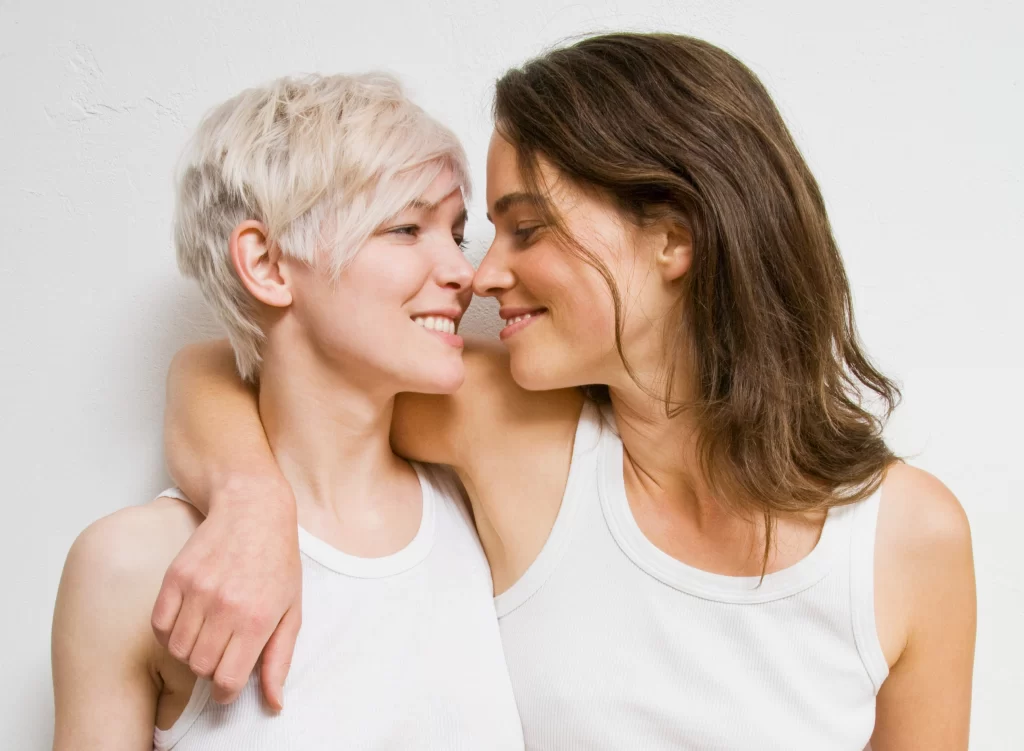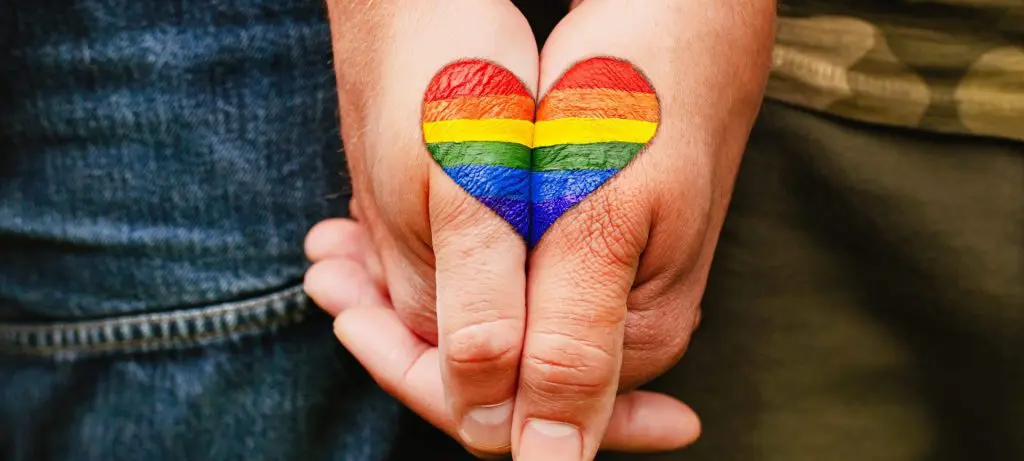Bisexuality, pansexuality, is it the same thing, but with different words? Yes and no.
As a sexologist, I often receive questions regarding the definition of the letters of the acronym LGBTQIA+ . Recently, I even noticed that there was a slight social controversy about the difference between these two sexual orientations. Definitions.
The definitions
- Bisexuality is a broad term describing sexual and/or romantic attraction to two, more , or all genders.
In fact, a bisexual person may be attracted to each gender differently and may also prefer one gender more than another.
- Pansexuality , on the other hand, refers to sexual and/ or romantic attraction to an individual regardless of gender.
In this sense, pansexual people do not consider the sex assigned at birth or the gender of another person as an important factor in maintaining a relationship with that person.
Does this mean that pansexuality is more inclusive than bisexuality?
Not quite.
 I’ll sum it all up for you quickly. Initially, the first people who came out as bisexual lived in a time (which unfortunately is not so far away) in which the gender was still seen as being binary, that is to say that it only existed the man and the woman. Since the prefix “bi” means two, some argue that bisexuality perpetuates binary gender stereotypes.
I’ll sum it all up for you quickly. Initially, the first people who came out as bisexual lived in a time (which unfortunately is not so far away) in which the gender was still seen as being binary, that is to say that it only existed the man and the woman. Since the prefix “bi” means two, some argue that bisexuality perpetuates binary gender stereotypes.
However, it is more accurate to say that bisexual people “see” gender , whereas pansexual people ignore it and prefer to consider the person as a whole , hence the prefix “pan”. Today, it is wrong to believe that bisexuality only includes being attracted to cisgender women and cisgender men.Some bisexual people will tell you yes, but some will be attracted to multiple genders. On the other hand, gender remains an important element for them.
A relevant and valid question
I am going to share with you a piece of my work. Please be aware that the information has been edited sufficiently to preserve the person’s anonymity. For example, I once saw a cisgender man who was unsure if he identified as gay, bisexual, or pansexual. In elementary school, he announced to his parents that he was gay. In Cégep, he said he was bisexual since he had had a threesome sexual relationship including a woman. In college, he got married to a trans man. Now he is bisexual, but he prefers sex with men and romantic relationships with women.
We agreed together that, for him, being bisexual means that he recognizes the possibility of being attracted to all genders. Simply, this attraction will not have the same intensity or the same duration of time during his life.
Also beware of disrespectful clichés: bisexuality and pansexuality are not “undecided” orientations! Also, a person is no less bi or pan if they are in a heterosexual relationship. Since all orientations are invisible, it is best never to assume anything. Questioning your sexual orientation is always a valid option, but it’s a personal matter!
In short
 Finally, the difference between bisexuality and pansexuality is more a question of the experience one has with one’s own sexual attraction , rather than a question of who one feels it for. I think what needs to be remembered is that sexuality is not just a biological aspect like genes, it also has psychological and social aspects.
Finally, the difference between bisexuality and pansexuality is more a question of the experience one has with one’s own sexual attraction , rather than a question of who one feels it for. I think what needs to be remembered is that sexuality is not just a biological aspect like genes, it also has psychological and social aspects.
Unlike your genes, which are immutable, your sexuality is dynamic and it’s completely normal for it to change over time. Whether you are bisexual or pansexual , your gender identity is valid. You have the right to identify yourself as you wish, regardless of the letter of the acronym you choose.